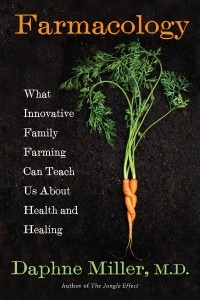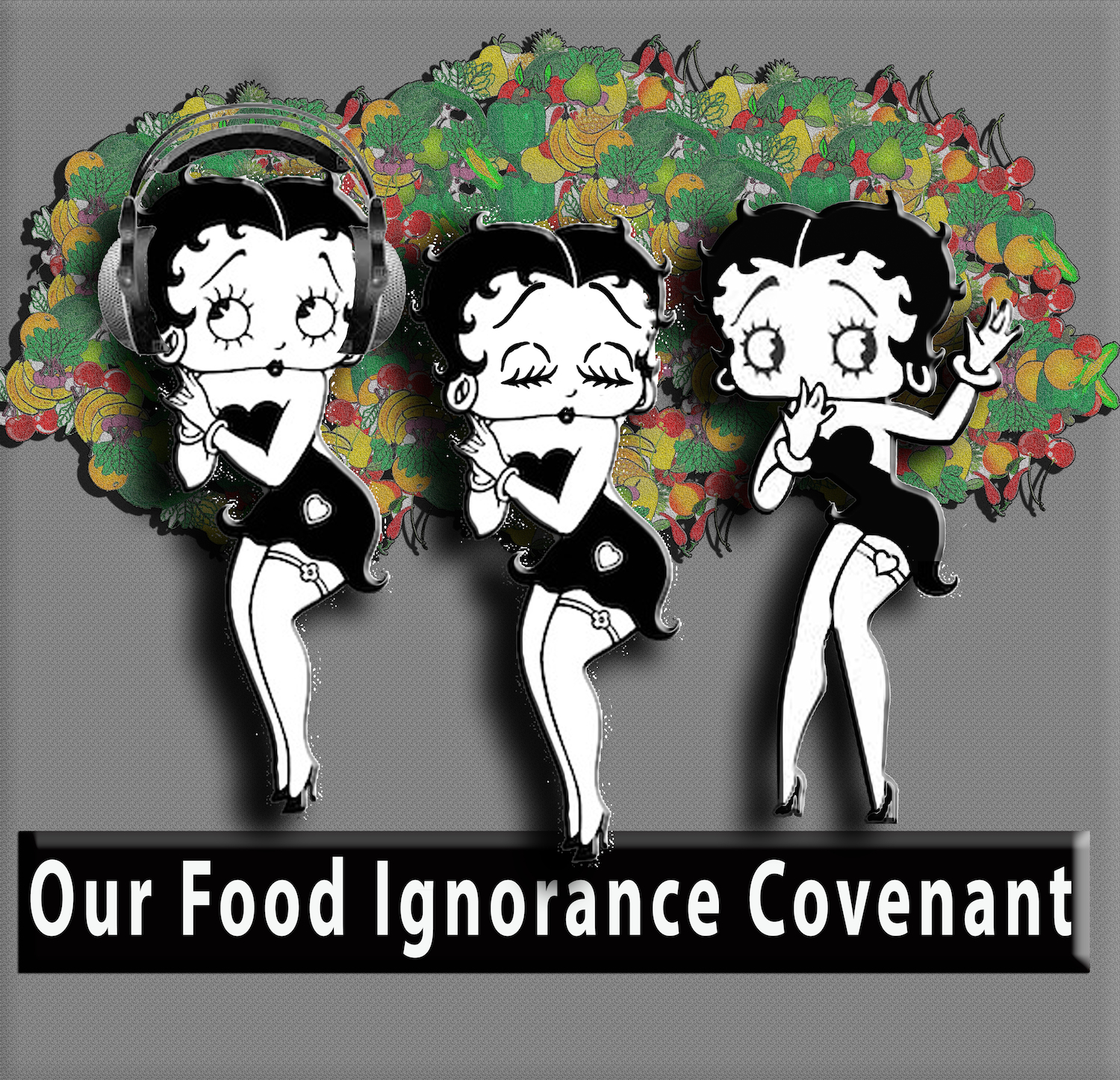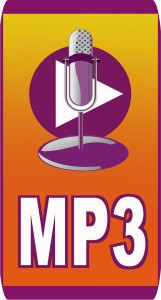
Farming Nutrients
March 20, 2014
Food Ignorance Covenant
April 24, 2014Food Chain Radio Michael Olson
Urban Farming Agriculturalist
Bacterial Resistance: People Vrs Pathogens
How do bacteria learn to resist antibiotics?
Guest: Gautam Dantas, PhD Assistant Professor, Washington University School of Medicine, Dept. Pathology and Immunology; Dept. Biomedical Engineering; Center for Genome Sciences and Systems Biology

Food Chain Radio Michael Olson hosts Gautam Dantas, PhD Assistant Professor, Washington Universityautam Dantas, PhD Assistant Professor, Washington University Dept. Pathology and Immunology
To grow a large number of animals in very small spaces, the animals are fed large quantities of antibiotics. In fact, over 24 million pounds of antibiotics are fed to healthy animals every year. More than half of these antibiotics are identical, or nearly identical, to the antibiotics people rely on to fight their infections.
The antibiotics used in agriculture, quite naturally, move through the animal feed lots and out into the environment, where they interact with native populations of bacteria. The native bacteria that can resist these antibiotics survive, while those that cannot resist die off. As a consequence, there now exists large populations of antibiotic resistant bacteria.
Whereas people transmit resistance from one generation to the next, living populations of bacteria appear to transmit resistance directly to each other.
As a consequence, resistant bacteria now affect the treatment of various life-threatening diseases in humans. This leads us to ask…


